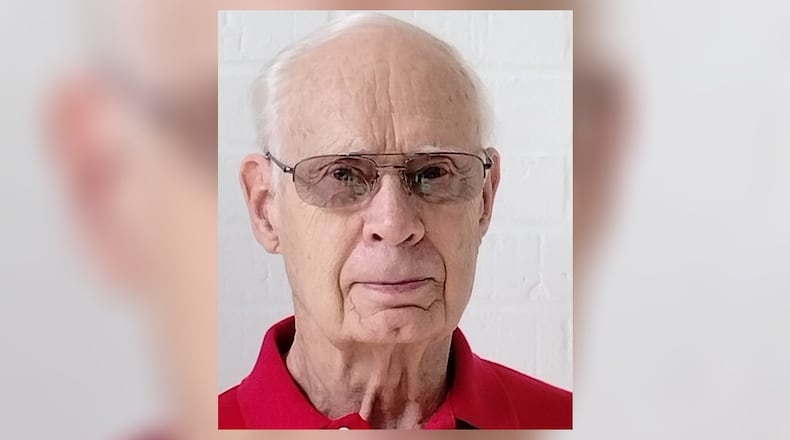Our fitness program is called SilverSneakers, but we discovered there are similar programs (e.g., RenewActive and Silver&Fit) attached to other Medicare Advantage plans, to Medicaid, and some other insurance plans.
Some words of caution: (a) It’s still advised to consult one’s physician before any exercise regimen, however light. (b) In my opinion we shouldn’t opt for a medical insurance plan solely for a fitness program amenity; it’s just one consideration. (c) Not all YMCA and gym locations participate in these programs, so it’s best to check.
It should be obvious, but here’s some evidence: A 2013 major formal study on SilverSneakers found that seniors of all capabilities in the program benefit physically and emotionally. Also, from the Center for Disease Control and Prevention: “Regular physical activity can help keep your thinking, learning, and judgment skills sharp as you age. It can also reduce your risk of depression and anxiety and help you sleep better.” For older adults, multi-component physical activity decreases the risk of falls or injury from a fall. Such physical activity can be done at home or in a community setting as part of a structured program.
But I didn’t need to be convinced. My wife and I find it fun and rewarding … and look forward to our next session.
We usually go early to get in some walking, visit, and help set up chairs; that alone is not only exercise, but becomes a social activity. We find the social benefit to be almost as rewarding as the physical.
In sum, yes, I found some portions easier than others, but all were fun and social … almost like dance. I especially enjoy improving balance, and both of us find exercising joints to be beneficial. There’s a broad spectrum of attendees, each with their own capabilities and limitations. But they’re there, rather than at home in a recliner snacking and feeling sorry for themselves.
David Shumway is a retired WPAFB engineer now enjoying writing and travel with his wife.
About the Author
